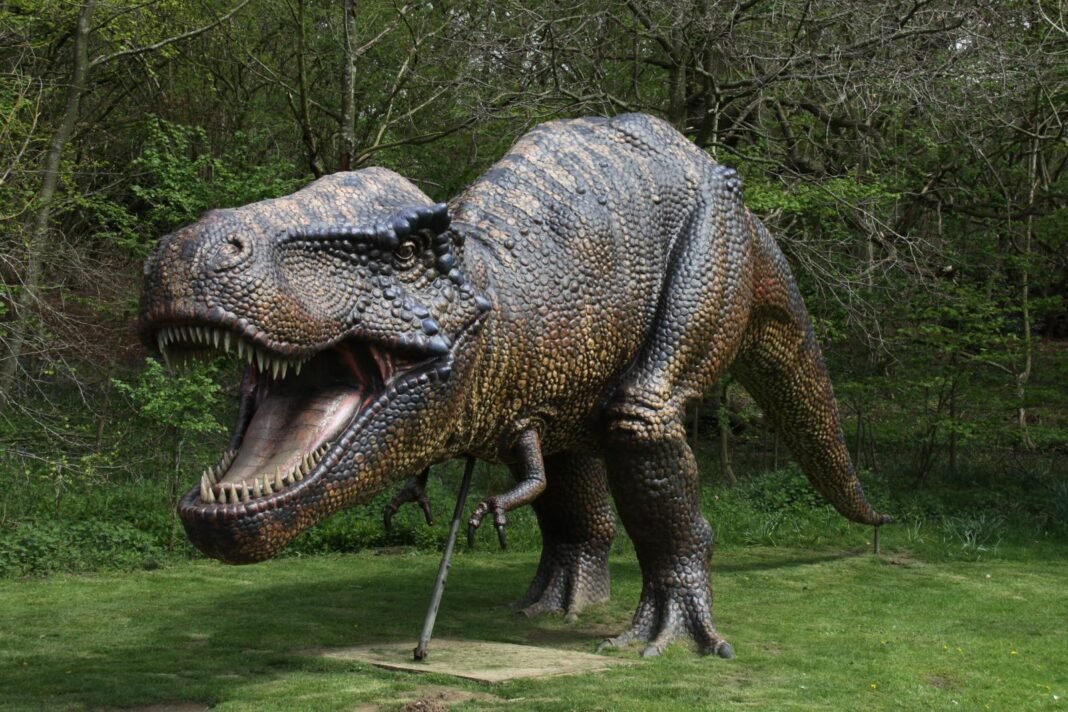
A perfectly preserved dinosaur egg, believed to be 70 million years old, has been uncovered in Argentina’s Patagonia region, stunning paleontologists with its near-pristine condition. Though the egg resembles one that could have been laid recently, it dates back to the Late Cretaceous period and offers a rare look into prehistoric life.
Discovered on the dusty surface of Rio Negro in northern Patagonia, the fossilized egg closely mirrors the size and shape of a modern ostrich egg.
Experts say the perfectly preserved dinosaur egg may have come from a Bonapartenykus, a small carnivorous theropod that once roamed the area. The find is considered one of the most intact examples of its kind ever located in South America.
While the region has yielded dinosaur eggs in the past, discoveries of this quality are unusual. According to researchers involved in the excavation, initial assessments suggest the egg might still hold traces of embryonic material. The team plans to perform detailed imaging scans to determine whether the interior contains preserved remains.
A team of palaeontologists in Argentina has uncovered an extraordinary discovery — a dinosaur egg estimated to be around 70 million years old and in near-perfect condition…
The fossilized egg, believed to date back to the Cretaceous period, was found in Patagonia and is so… pic.twitter.com/ZgTu00qjg9
— Archaeo – Histories (@archeohistories) October 23, 2025
Exceptionally rare find from a carnivorous dinosaur
Gonzalo Muñoz, a paleontologist at the Argentine Museum of Natural Sciences, described the find as an unexpected and rare occurrence. He explained that eggs from carnivorous dinosaurs are less common for several reasons.
These dinosaurs were fewer in number compared to herbivores, and their eggs were more delicate, with thinner shells that made preservation over millions of years much more difficult. This fragility makes intact specimens like the one found in the Rio Negro particularly valuable for scientific study.
The egg, along with other fossils collected from the site, has been transferred to the museum for further analysis. If embryonic tissue is confirmed inside, the discovery could become a landmark moment in South American paleontology, offering new insight into dinosaur reproduction and development.
Perfectly preserved dinosaur egg sparks global interest
The excavation, known as Cretaceous Expedition I, also revealed additional clues about the prehistoric ecosystem. Fossils of mammal teeth and snake vertebrae were uncovered nearby, suggesting the area may have served as a nesting ground during the Cretaceous period.
Footage from the discovery site shows team leader Federico Agnolín encountering the egg on the surface of the ground. His reaction, shared in a video posted to Instagram, reflects the excitement of the moment.
The caption described the fossil as potentially the first of its kind found in South America and noted that multiple eggs were recovered in a cluster.
The findings continue to draw attention from the global scientific community as analysis moves forward.


